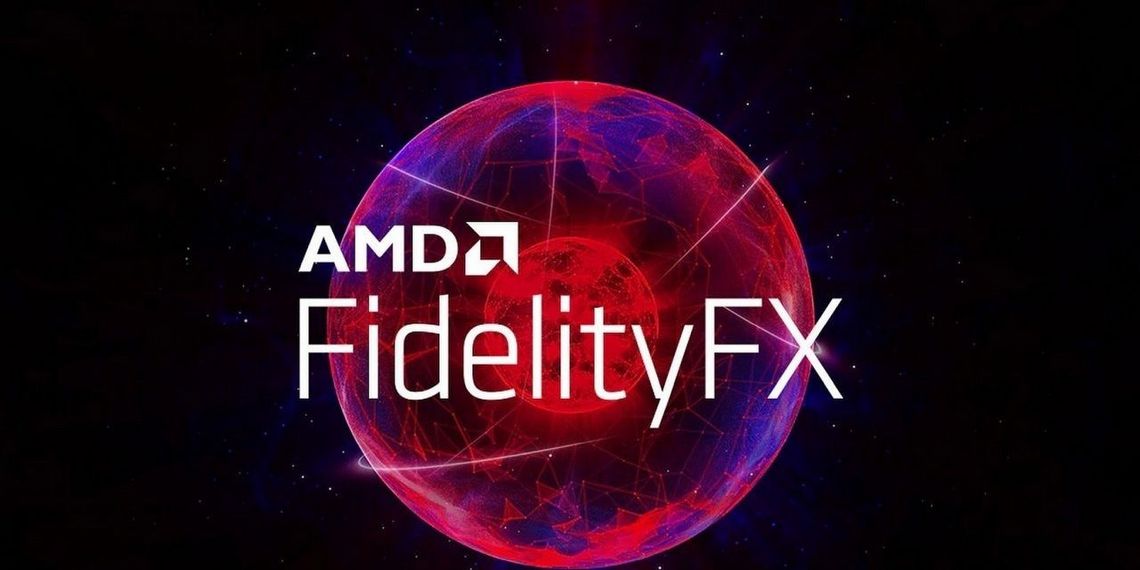PS5 and Xbox Series X/S May Get AMD's DLSS Equivalent
According to a certain prominent youtuber, AMD's answer to Nvidia's DLSS - FidelityFX Super Resolution - will also work on the GPUs of 9th-gen consoles.

IN A NUTSHELL:
- Linus Sebastian from the Linus Tech Tips channel claims that AMD's answer to DLSS will also be compatible with PS5 and Xbox Series X|S GPUs;
- The feature is not expected to be released until its developers make sure that it works as expected on all GPUs based on the RDNA architecture.
According to Linus Sebastian from the Linus Tech Tips channel, AMD will only present its answer to DLSS (called FidelityFX Super Resolution) when it is ready. What's more, the solution is supposed to be compatible with all existing GPU based on the RDNA architecture - including chips installed in ninth-gen consoles (PlayStation 5, Xbox Series X and Xbox Series S).
"Apparently rather than rushing it [FidelityFX Super Resolution] out the door on only one new top-end card, they want it to be cross-platform in every sense of the word. So they actually want it running on all of their GPUs, including the ones inside consoles, before they pull the trigger.
It would’ve been nice to have it ready by the time the cards launched, but as we saw with Nvidia’s DLSS 1.0 versus DLSS 2.0, it could be for the best", Linus Sebastian said.
It should be noted that there is no certainty where the YouTuber has this information from, but he is a person with a good reputation among tech enthusiasts, and similar rumors have appeared before - so the reports seem quite likely.
It's also worth remembering that, in contrast to AMD, Nvidia decided to release the first version of DLSS shortly after the release of chips based on Turing architecture, and it turned out to be a big disappointment (the image was very blurry). Only version 2.0 showed the true potential of this solution. Perhaps AMD wants to avoid a similar slip-up.
DLSS is a technology that enables us to reproduce the image from a lower resolution using AI, achieving a quality of graphics comparable to that seen when playing at native resolution (often a little worse, occasionally a little better - depending on the title and settings used), with much less load on the GPU. Once activated, the feature offers a big performance boost in virtually every title in which it is supported, and can now be considered a kind of ace in the company's sleeve.
- Controversial mechanic may return in Battlefield 7. Leaked gameplay fragments from tests of new map
- Hollow Knight: Silksong in 2025? Steam and GeForce Now metadata updates spark new speculation about a sequel to the indie hit
- Indiana Jones and the Great Circle PS5 release set for next month
- BattleTech Gothic, a board game mixing classic mechs with grimdark Warhammer 40K vibe, just got leaked, and fans aren’t too thrilled about it
- New game from The Last of Us devs is still far away. Intergalactic: The Heretic Prophet won't release until 2026, says Jason Schreier